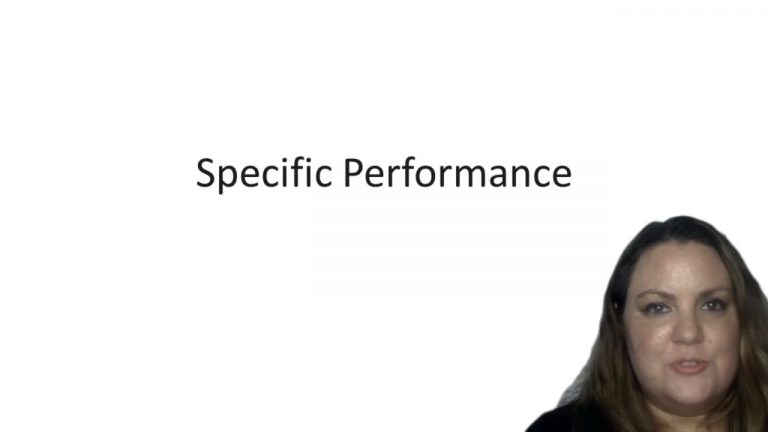SmartBrief
Confirm favorite deletion?
Contracts Keyed to Barnett
Lumley v. Wagner
Citation:
Chancery Division, 1 De G., M. & G. 604, 42 Eng. Rep. 687 [1852]
ProfessorMelissa A. Hale
CaseCast™ – "What you need to know"
Facts
In November 1851, Joseph Bacher, agent of Johanna and Albert Wagner, came to Berlin and signed an agreement with Lumley. The agreement stated that: Ms. Wagner would sing twice a week for three months at Lumley’s theatre beginning April 1, 1852 in six different opera roles for 400 pounds sterling a month. Lumley then requested Bacher add a provision preventing Ms. Wagner from contracting to perform at any other theatre during the contract without Lumley’s approval. Ms. Wagner and her father subsequently contracted with Gye for Ms. Wagner to sing at Covent Garden for more money and to therefore abandon the contract with Lumley. Lumley sued, seeking to enjoin Ms. Wagner from breaching the exclusivity provision of their agreement and to enjoin Ms. Wagner from performing for Gye or any other theatre without Lumley’s permission.
Only StudyBuddy Pro offers the complete Case Brief Anatomy*
Access the most important case brief elements for optimal case understanding.
*Case Brief Anatomy includes: Brief Prologue, Complete Case Brief, Brief Epilogue
- The Brief Prologue provides necessary case brief introductory information and includes:
Topic:
Identifies the topic of law and where this case fits within your course outline.Parties:
Identifies the cast of characters involved in the case.Procedural Posture & History:
Shares the case history with how lower courts have ruled on the matter.Case Key Terms, Acts, Doctrines, etc.:
A case specific Legal Term Dictionary.Case Doctrines, Acts, Statutes, Amendments and Treatises:
Identifies and Defines Legal Authority used in this case.
- The Case Brief is the complete case summarized and authored in the traditional Law School I.R.A.C. format. The Pro case brief includes:
Brief Facts:
A Synopsis of the Facts of the case.Rule of Law:
Identifies the Legal Principle the Court used in deciding the case.Facts:
What are the factual circumstances that gave rise to the civil or criminal case? What is the relationship of the Parties that are involved in the case.Issue(s):
Lists the Questions of Law that are raised by the Facts of the case.Holding:
Shares the Court's answer to the legal questions raised in the issue.Concurring / Dissenting Opinions:
Includes valuable concurring or dissenting opinions and their key points.Reasoning and Analysis:
Identifies the chain of argument(s) which led the judges to rule as they did.
- The Brief Prologue closes the case brief with important forward-looking discussion and includes:
Policy:
Identifies the Policy if any that has been established by the case.Court Direction:
Shares where the Court went from here for this case.
Topic Resources

 12m 10s
12m 10s